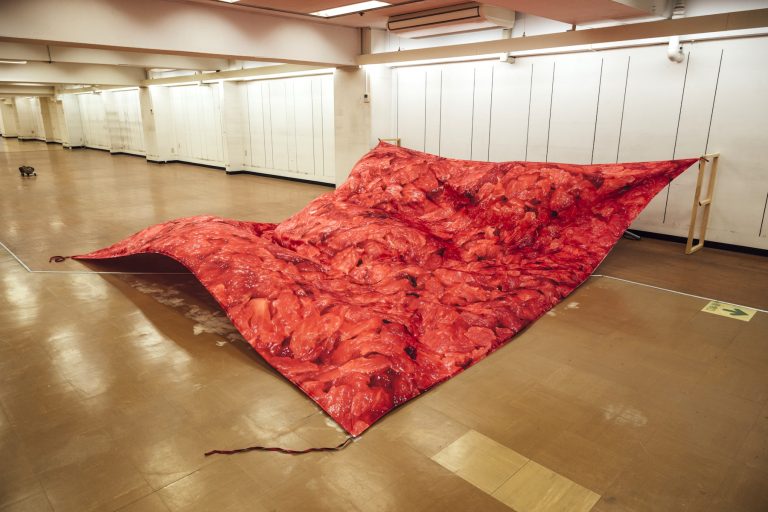
- Installation
Truong Que Chi and Nguyen Phuong Linh: BREATHE

EVENTS
Symposium
Venue
Nihonbashi/Bakurocho Area
Etoile Kaito Living Bldg.
1-15-15 Higashikanda, Chiyoda-ku
Date
14:00–17:00
¥500
With Japanese–English interpretation

Globalization, transformations in information technology, and changes in artists’ practices are profoundly reshaping the nature of international art exhibitions.
Exhibitions and art festivals are no longer confined by time and space; instead, they are becoming seamlessly interconnected across temporal and spatial boundaries. Collaborative practices between artists and curators now extend beyond the exhibition period, continuing even after the official schedule has ended and outside the exhibition venue.
This symposium will explore new forms of collaboration among artists, collectives, exhibitions, and art festivals within this evolving context.
Panelists
Binna Choi (curator, Hawai’i Triennial 2025; artistic director, Korean Pavilion, Venice Biennale 2026)
Maria Svonni (artistic director, Luleåbiennalen and Verdde)
Mechu Rapela (curator, Tenthaus Art Collective)
Truong Que Chi and Nguyen Phuong Linh (artists; Nhà Sàn Collective)
Masato Nakamura (artist; general producer, Tokyo Biennale 2025)
Yoshitaka Mōri (sociologist; professor, Graduate School of Global Arts, Tokyo University of the Arts)
Panelists Profile

Binna Choi
Binna Choi is a South Korean curator whose practice interconnect art, the curatorial, and the (sovereign) commons based on politics of decolonisation, indigenous practice and epistemology, and institutional change and unlearning, She directed Casco Art Institute: Working for the Commons in the Utrecht, the Netherlands over a decade where she curated projects such as Grand Domestic Revolution (2009–2012 with Maiko Tanaka and Yolande van der Heide), Site for Unlearning (Art Organization) (2014–2018 with Annette Krauss and the evolving Casco Team), Travelling Farm Museum of Forgotten Skills (2018–2022 with The Outsiders), next to a number of commissions and experimental collective works. Together with You Mi, she also maintains a study platform Unmapping Eurasia.
Besides, Choi also served as a curator/co/artistic director for art festivals such as the 2025 Hawai‘i Triennial, the 2022 Singapore Biennale, and the 2016 Gwangju Biennale, and curates the Korean Pavilion of the 2026 Venice Biennale. In the context of pedagogy, she served as the faculty for Dutch Art Institute over a decade and the guest professor for the Gwangju Biennial International Curator Course 2025. Since 2024, Choi also works as the supervisor for Doosan Curator Workshop.

Maria Svonni
Maria Svonni is a curator based in Giron, Sápmi. Her work is organized around collaborations, utilizing site-specific methods to promote dialogue and long-term change. She is the artistic director of Luleåbiennalen, Scandinavia’s oldest art biennial, and founder and artistic director of Verdde, a nomadic art institution working for the inclusion of Sámi perspectives. Svonni was part of the team that formulated the artistic program in the winning application for Giron to become European Capital of Culture in 2029 and in 2018 she led the establishment of KiN, the first museum focused on contemporary art in the most northern parts of Sweden.

Mechu Rapela
Mechu Rapela is a co-director of the Tenthaus Collective, dedicated to fostering artistic collaboration across cultures. With a Master’s in Art History from the University of Oslo, she is an art historian, producer, and curator with a practice in space making. Currently, she is curating a KORO (Art in Public Space) project in Oslo.
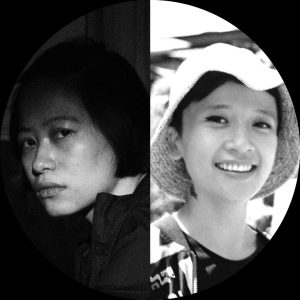
Truong Que Chi and Nguyen Phuong Linh
Truong Que Chi (b.1987) and Nguyen Phuong Linh (b.1985) are artists whose long-standing friendship has developed into collaboration. Truong examines contradictions and memory within everyday life through video and installation, while Nguyen poetically explores bodily traces and resilience. Since 2021, they have created works together, bringing poetic tension to space through bodily perceptions. Their practice engages with intergenerational memories of loss and the materiality of women’s bodies. They have exhibited at the Busan Biennale and Asian Art Biennale, and are members of Hanoi’s artist-run space Nhà Sàn Collective.
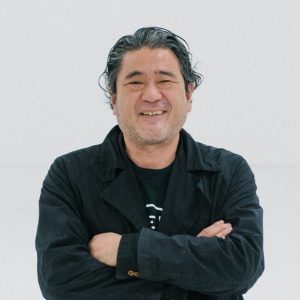
Masato Nakamura
Born in 1963 in Ōdate, Akita, he has led numerous urban and community-based art projects since the 1990s and founded the art collective Command N in 1997. In 2001, Nakamura exhibited at the 49th Venice Biennale (Japan Pavilion). In 2010, he established the public-oriented cultural facility Arts Chiyoda 3331, managing it until 2023. He serves as the overall director of the Tokyo Biennale (2021, 2023) and General Producer (2025). He has published multiple books and received the 2010 Arts Encouragement Prize and the 2018 Architectural Institute of Japan Cultural Award.
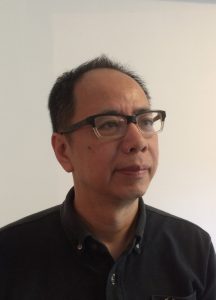
Yoshitaka Mōri
Sociologist. Born 1963 in Nagasaki. Mōri is a professor at Tokyo University of the Arts Graduate School of Global Arts. After graduating from Kyoto University, he worked for an advertisement company, and then earned a Ph.D. at Goldsmiths, University of London. His critical practice takes on themes involving contemporary culture and the organization of urban space, as well as social movements, with particular interest in contemporary art, music, and media. Written works include Sutoriito no shiso (Ideas behind street) (NHK Publishing, Inc.), Culture = Politics – New Cultural-Political Movements in the Age of Globalization (Getsuyosha Limited), and Popular Music and Capitalism (Serica Syobo, Inc.). He also served as editor for After Musicking (Geidai Press).
Map
2 min walk from JR Sobu Line Bakurocho Sta. (Ex. 4)
6 min walk from Toei Shinjuku Line Bakuroyokoyama Sta. (Ex. A1)
Related exhibition

Truong Que Chi and Nguyen Phuong Linh: BREATHE
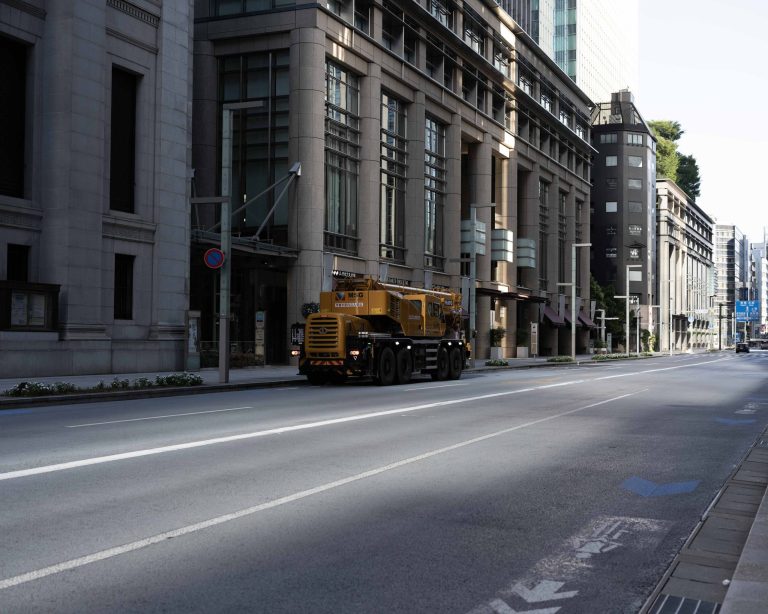
Photography Project “Tokyo Perspective”

Tenthaus Art Collective and the Oven Network: The House Is Bigger than It Looks
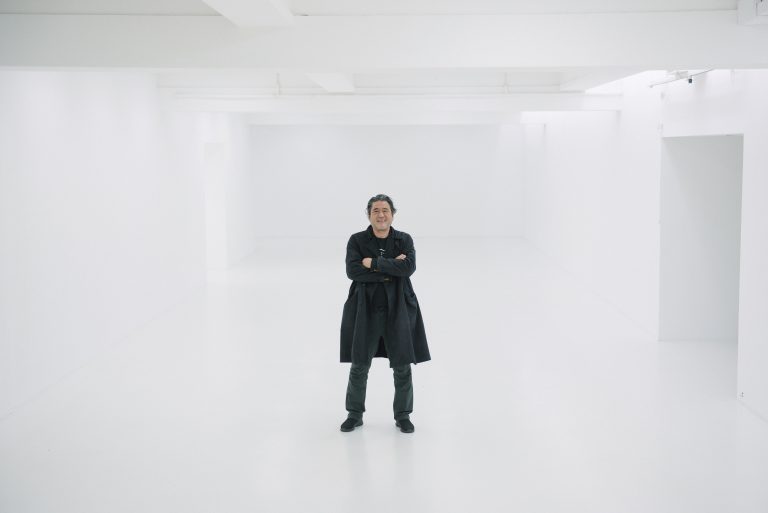
Artist, Professor at Tokyo University of the Arts (Department of Painting). Born 1963 in Odate City, Akita, Japan. In the early 1990’s, he set up guerilla art projects –THE GINBURART in Ginza and Sinjuku Shonen Art in Shinjuku’s Kabukicho district (1993). In 1997, he formed an alternative artist initiative called “commandN.” Activities of this group include the international video installation “Akihabara TV” held multiple years in 1999, 2000, and 2002. His work was displayed in the 49th Venice Biennale (2001) Japan Pavilion First & Slow exhibition.
From 2004, he founded a number of art projects including himming in Himi (Toyama Pref.) and ZERODATE in Odate (Akita Pref.) Nakamura then founded 3331 Arts Chiyoda in June 2010 as an independent and sustainable art center. With an extensive background in a variety of expressive activities, starting in summer 2020 he is taking on the challenge of developing the Tokyo Biennale, an art festival that will dig for the cultural and artistic resources underlying the city of Tokyo.
Witness the moment of insight!
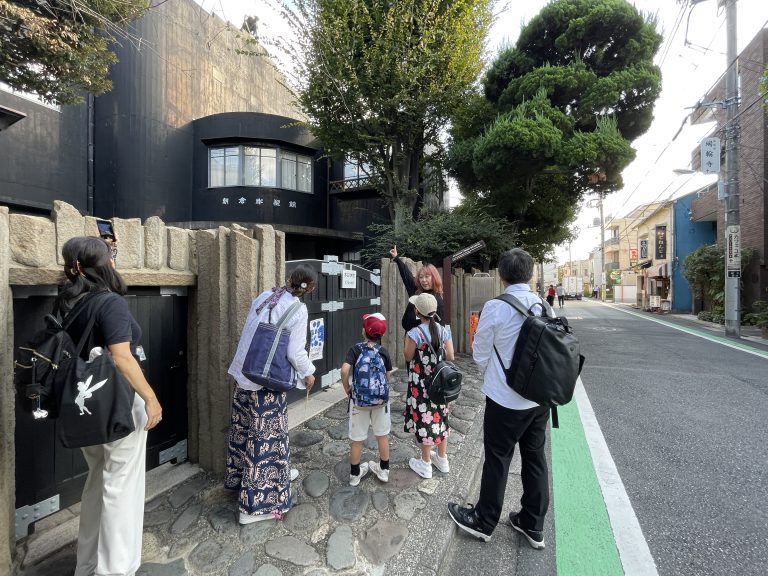
Recruiting Participants for the Art Interpreter Training Course: Beginner Level
Discover the Beauty of Wooden Architecture

Terunobu Fujimori Unravels Kanda's Billboard Architecture : A Dialogue on Art and Architecture between Masato Nakamura and Terunobu Fujimori.
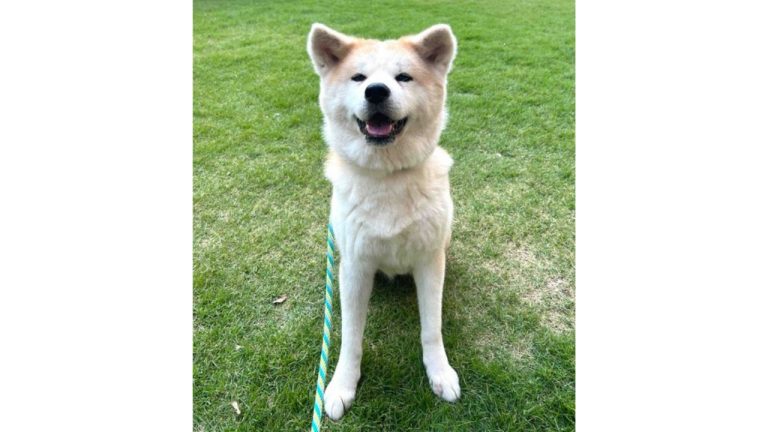
Nono Sanpo

Masato Nakamura's Otemachi, Marunouchi, and Yurakucho Sanpo

Towards New Forms of Artistic Collaboration: An Experiment in Trans-Biennale
Nihonbashi/Bakurocho Area
Etoile Kaito Living Bldg.
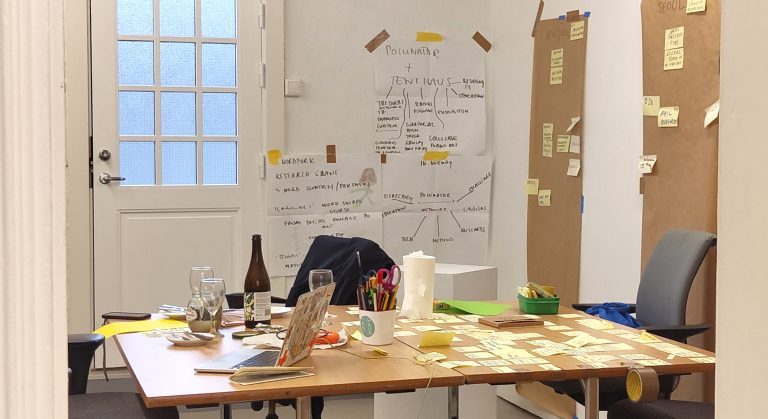
Tenthaus Art Collective is an Oslo-based artist collective that has been working together in various constellations since 2009. Their art practice emphasizes process, focusing on community engagement, collectivity, and inclusivity.
Presentated by Tenthaus, the OVEN Network is a transnational network for artistic exchange. Rooted in collaboration the Oven brings together collectives across Southeast Asia and the Nordics to foster shared learning co-thinking and long-term engagement. We view art and design not as outcomes but as tools for observation friction and transformation.
It takes shape through art projects exhibitions research residencies workshops publications gatherings and moments of exchange adapting to the context around it. We welcome those with a shared curiosity to think collectively hold space for difference and explore new ways of moving forward.
Members:
Ida Uvaas
A movement artist exploring mobility across body, mind, and society. Through interdisciplinary, participatory works, she challenges structures and invites collective experiences across performance, visual art, and site-specific practices. @idauvaas
Shahrzad Malekian
An interdisciplinary artist working across performance, video, and sculpture, they use play to explore power, resistance, and care within public spaces and institutions. Recent exhibitions include SACO Biennial (2025) and Singapore Art Museum (2024). @shahrzad.malekian
Studio150
A Bangkok-based studio founded by Pat Laddaphan and Piyakorn Chaiverapundech, working across art, design, and publishing. Combining graphic design and curatorial approaches, they create socially engaged projects. The studio also co-found Bangkok Art Book Fair. www.studio150.info
Mechu Rapela
Curating porous structures for dialogue that bridge communities through art, care, and emergent forms of shared knowledge.

RRR OFFICE Sub-rent program④ Lily Onga
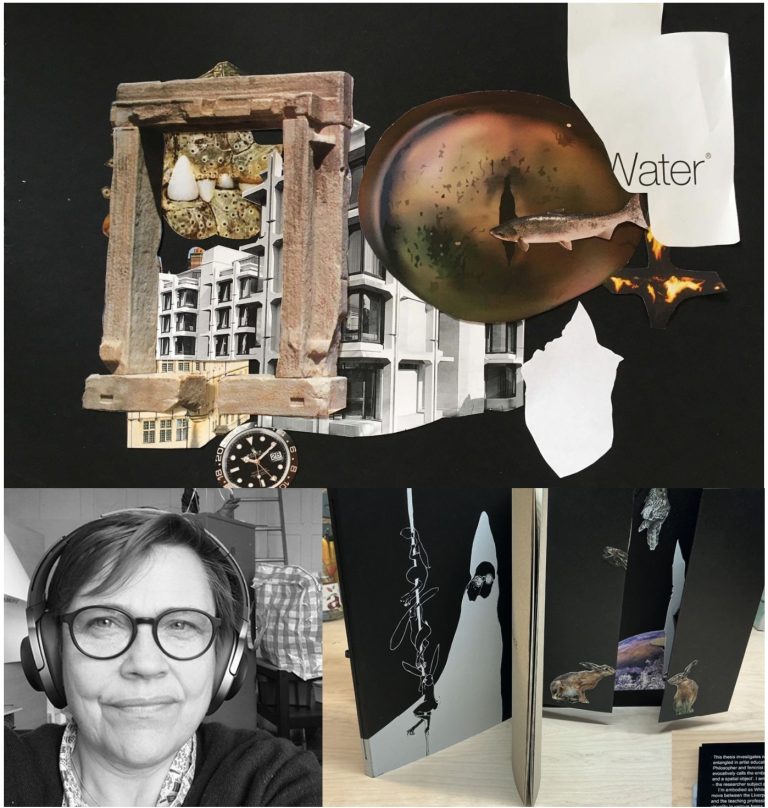
RRR OFFICE Sub-rent program③Helen Eriksen | Forming Dialogue: Collaging and Assembling Identities Workshop
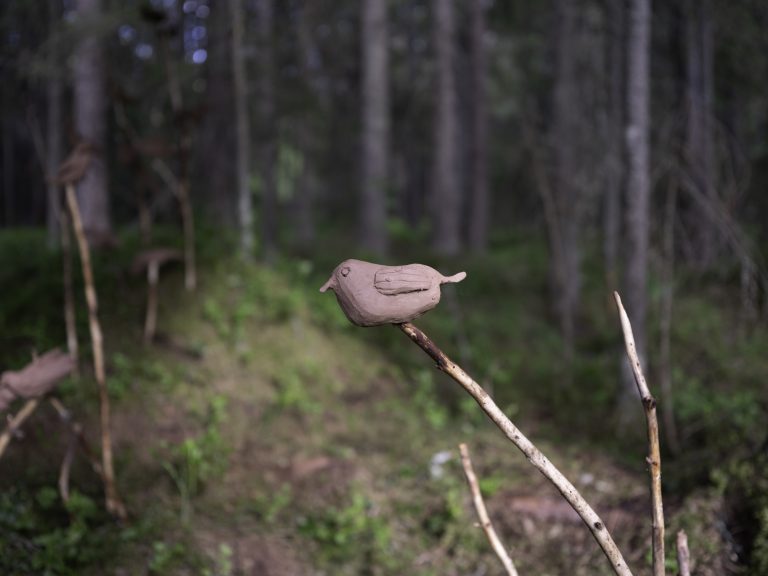
Ebba Moi and Anna Carin Hedberg | Eurasian Bird: Create Migratory Birds

RRR OFFICE Sub-rent program ② Collective Collective

Shahrzad Malekian and Ida Uvaas | Performance "STIM – Kizuna"

Towards New Forms of Artistic Collaboration: An Experiment in Trans-Biennale
Kanda/Akihabara Area
Ebihara Shoten
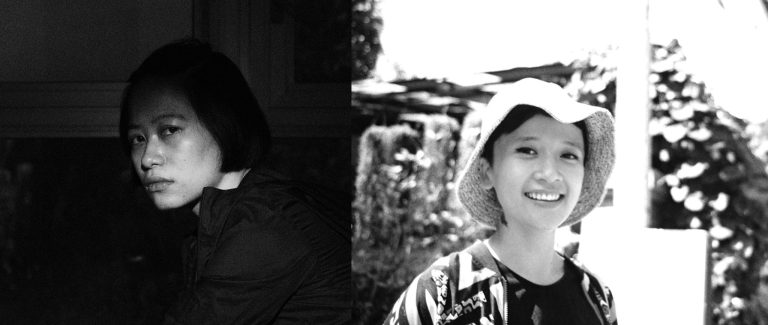
Photo by Dat Vu & Jay Santiphap
Nguyen Phuong Linh (b. 1985) and Truong Que Chi (b. 1987) are longtime friends and colleagues. Nguyen’s practice contemplates form and time. Allusions to bodily movements in recent works convey her long-standing fascination with the body, its durability, and its resilience. As abstract renderings of social, historical, and autobiographical events and structures, Truong’s works delve into the spectacle of the everyday, its contrasting feelings, and its enigma.
Since 2021, the duo has undertaken collaborative projects as echoes of the synchronous rhythms of their lives that mirror one another. Their works, in juxtaposition, converse and conjure up a visceral sense of weight, height, and ephemerality. Among their shared interests are shadows of intergenerational loss and the corporeality associated with the female body in various aspects and contexts. Their works were presented at the Busan Biennale 2024 and the Asian Art Biennale 2024. They have been active as curatorial board members of Nha San Collective, an artist-run initiative in Hanoi, Vietnam since 2013.
Nihonbashi/Bakurocho Area
Etoile Kaito Living Bldg.